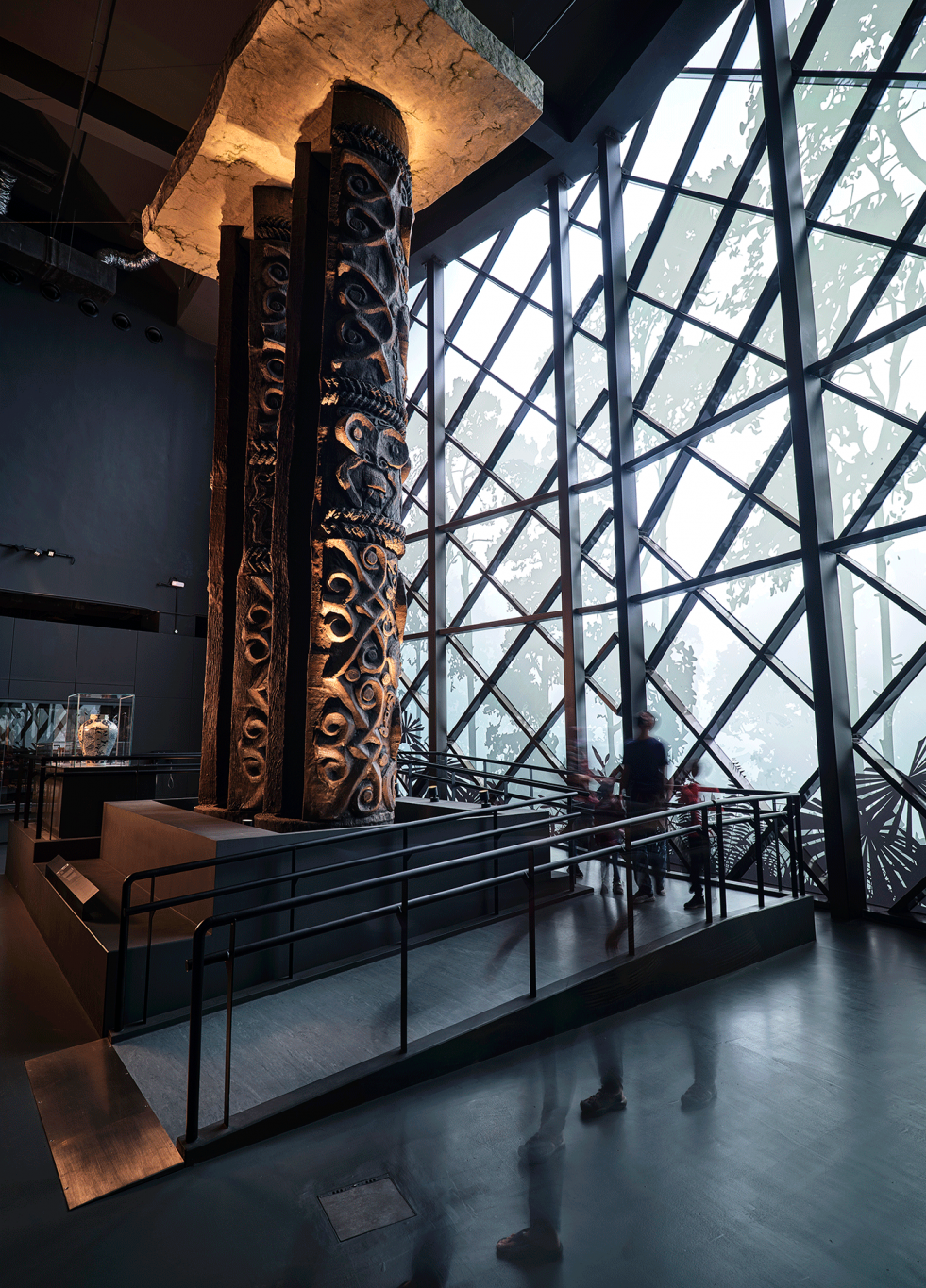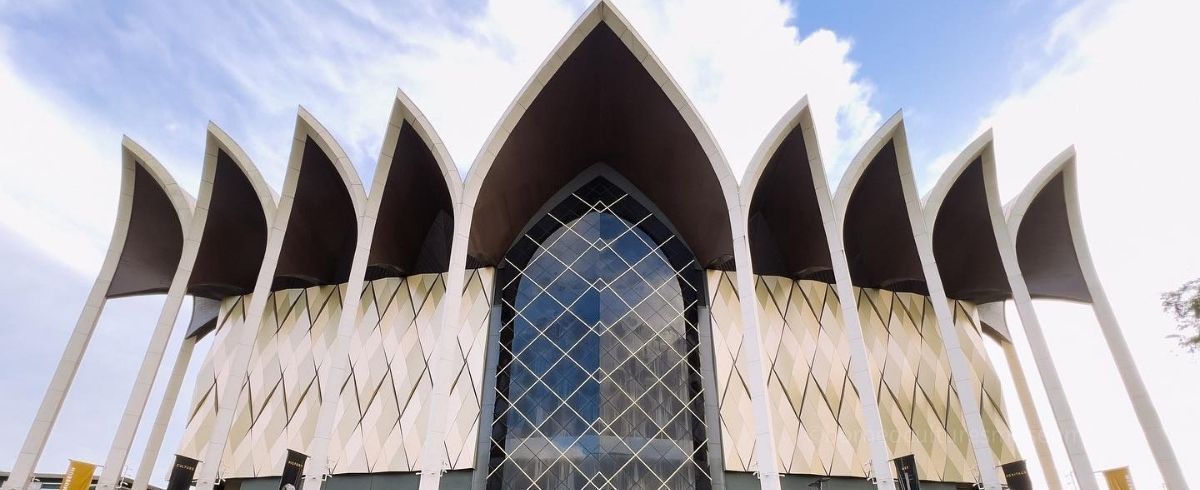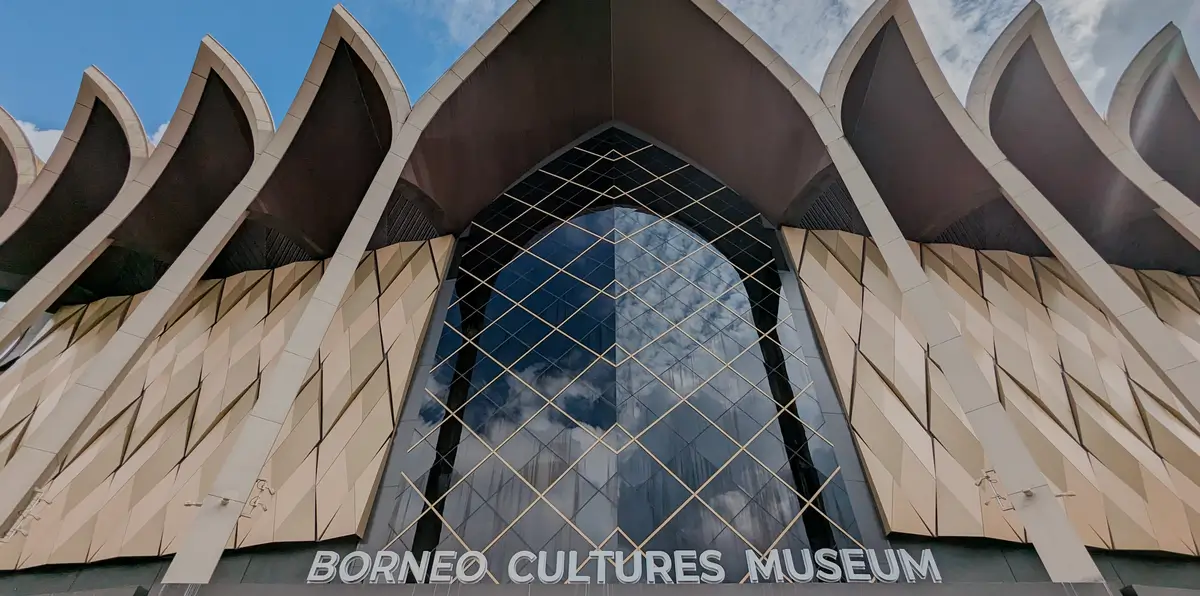Embracing Authenticity: Borneo Cultures Museum Tour
Delve Into the Interesting World of Borneo's Cultural Heritage: A Comprehensive Guide to the Cultures Museum Experience
Submersing oneself in the complex tapestry of Borneo's cultural heritage is similar to starting a trip via time and custom. The blend of native tribes, traditional handicrafts, captivating performances, and historical stories housed within the confines of the island's museums provides a glimpse into a globe brimming with profound legacies and vibrant customizeds. As visitors go across with these databases of society, they are bid to discover a world where past and existing intermingle, welcoming contemplation on the strength and richness of Borneo's varied heritage.
Indigenous People of Borneo
Borneo is home to over 50 native tribes, each with special social methods and practices that have been preserved for generations. Among these people are the Iban, recognized for their typical longhouses and intricate tattoos where several family members reside.
These aboriginal people play a crucial duty in keeping Borneo's rich cultural tapestry. Site visitors to Borneo have the possibility to involve themselves in the special way of lives of these tribes with cultural scenic tours, homestays, and community-based tourist campaigns.
Traditional Inventions and Artefacts

One popular instance of conventional inventions in Borneo is the manufacturing of woven items - Borneo Cultures Museum. Knowledgeable weavers utilize natural fibers like pandan, rattan, and bamboo delegates develop elaborate baskets, floor coverings, and accessories embellished with vivid patterns that hold symbolic meanings within the neighborhood
The art of woodcarving is one more substantial element of Borneo's conventional inventions. Craftsmens sculpt intricate styles right into numerous kinds of wood to produce masks, sculptures, and music tools that not just serve practical objectives but likewise hold cultural relevance, typically illustrating mythology or spiritual ideas.
In Addition, Borneo is renowned for its beadwork, with craftsmens meticulously crafting beads from materials like glass, seeds, and shells to produce jewelry, apparel embellishments, and ornamental things that showcase the region's vivid visual customs. These traditional inventions and artefacts not just function as concrete expressions of Borneo's social heritage yet additionally provide insights into the areas' ideas, worths, and method of life.

Cultural Performances and Festivals
With a deep-rooted link to their cultural practices, the areas in Borneo come to life through vivid cultural efficiencies and celebrations that celebrate their heritage. These occasions showcase the rich variety of Borneo's ethnic teams, each offering special dances, songs, and rituals that have actually been given through generations. Among the most prominent celebrations is the Gawai Dayak, celebrated by the Dayak individuals to mark the rice collecting season. During this celebration, traditional songs fills the air, complex dancings are carried out, and intricate conventional outfits are worn. An additional considerable occasion is the Pesta Kaamatan, celebrated by the Kadazandusun neighborhood to offer many thanks for the rice harvest. This celebration includes cultural performances, including the Sumazau dance, and conventional sports like the bamboo dancing. Site visitors to Borneo can immerse themselves in these festivities, obtaining a deeper understanding of the area's cultural heritage and experiencing the cozy friendliness of its individuals. Social performances and celebrations offer as a vibrant pointer of Borneo's abundant cultural tapestry and the significance of maintaining these traditions for future generations.
Historical Narratives and Artifacts
Discovering the historic narratives and artefacts of Borneo offers a fascinating see post look into the region's rich past and cultural development. Borneo's historical tapestry is woven with varied impacts, mirroring the interactions in between aboriginal people, Chinese investors, European colonizers, and Malay sultanates. The artifacts located in Borneo showcase this complex background, varying useful reference from conventional crafts like elaborate beadwork and woodcarvings to historical treasures such as ancient ceramic and tools.
Among one of the most compelling facets of Borneo's historical stories is the conservation of dental practices gave via generations. These tales provide understandings into the beliefs, customizeds, and lives of Borneo's occupants throughout the centuries. Furthermore, the artifacts discovered from archaeological sites offer tangible links to these stories, permitting visitors to witness the material culture of past cultures firsthand.
Contemporary Cultural Preservation Efforts

In addition, curricula and cultural exchange activities play an essential role in raising understanding regarding the value of maintaining Borneo's distinct social heritage. By engaging colleges, galleries, and the bigger neighborhood in conversations and activities that celebrate Borneo's varied cultures, conservation efforts can acquire energy and support for long-term sustainability. Collaborations between governmental bodies, charitable organizations, and neighborhood neighborhoods are crucial in driving these preservation ventures ahead, ensuring that Borneo's rich social heritage remains vibrant and treasured for generations ahead.
Final Thought
To conclude, the social heritage of Borneo is varied and rich, with aboriginal tribes, conventional handicrafts, social efficiencies, festivals, historic narratives, and contemporary preservation initiatives all contributing to its originality and value. Visitors to Borneo's cultural museums can acquire a deeper understanding and recognition of the region's cultural heritage, enabling a much more immersive and enlightening experience.
Immersing oneself in the detailed tapestry of Borneo's cultural heritage is similar to getting started on a site here trip via time and tradition.With an ingrained connection to their social customs, the communities in Borneo come active with lively cultural performances and festivals that celebrate their heritage. Social efficiencies and celebrations serve as a dynamic pointer of Borneo's rich cultural tapestry and the value of protecting these traditions for future generations.
In addition, academic programs and social exchange activities play a crucial role in elevating awareness about the importance of protecting Borneo's unique cultural heritage. Cooperations between governmental bodies, charitable organizations, and local areas are vital in driving these preservation undertakings forward, guaranteeing that Borneo's abundant social heritage continues to be dynamic and treasured for generations to come.